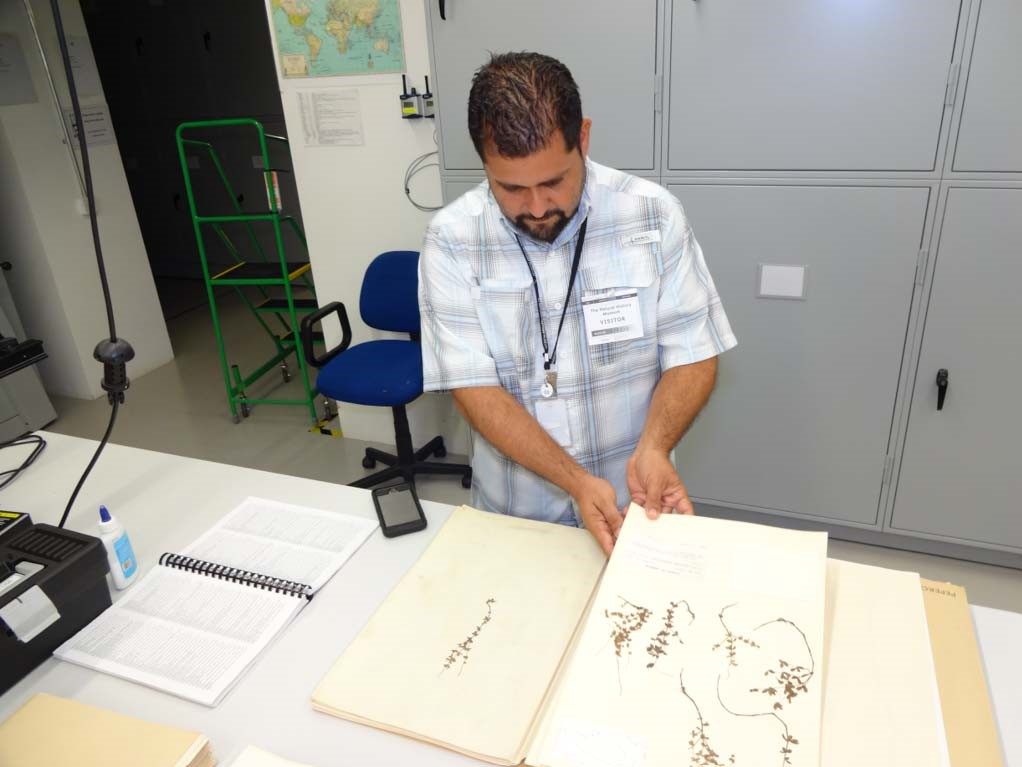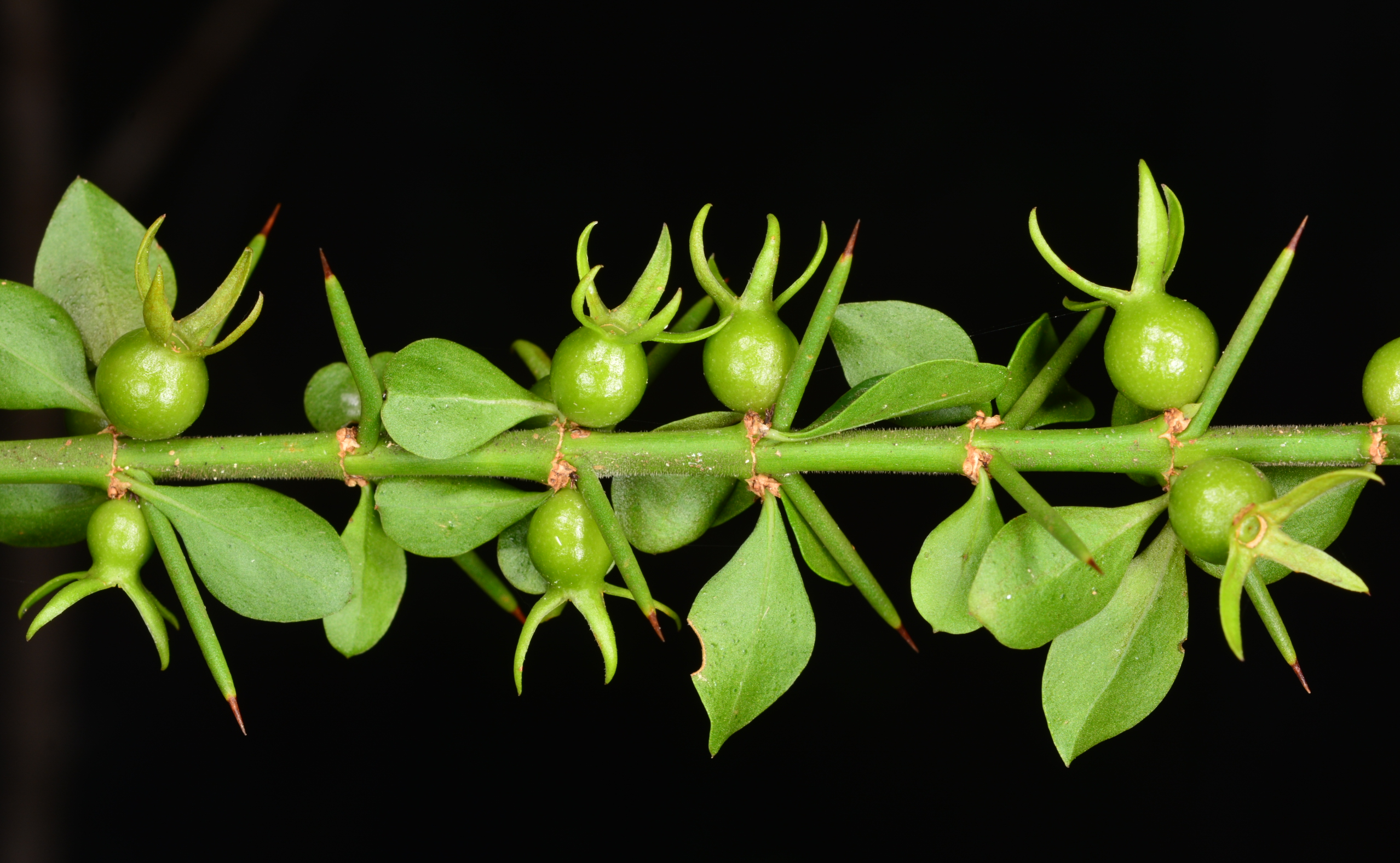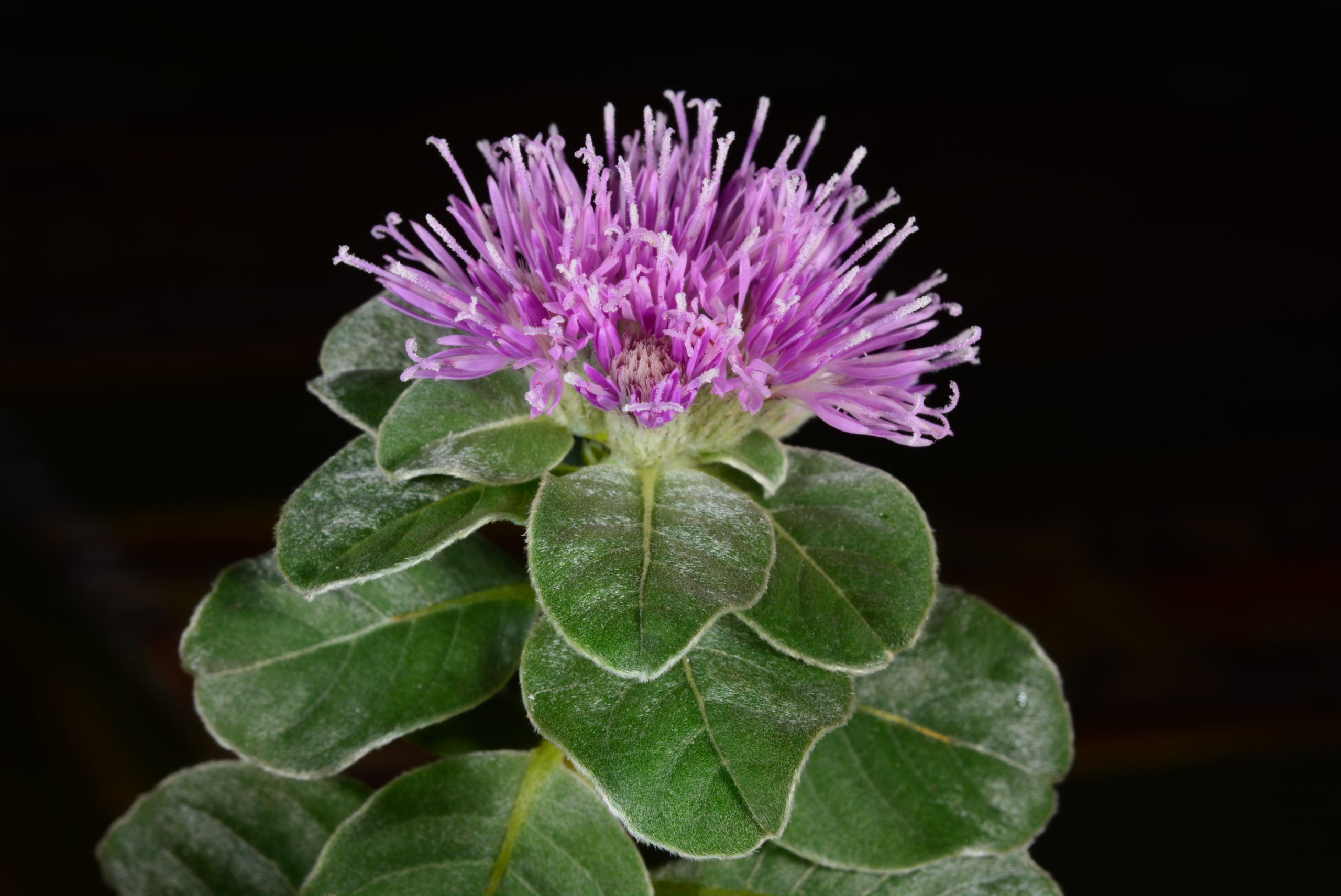Omar Monsegur-Rivera
The Isle of Enchantment has many treasures. Among them is our Conservation Champion for April 2020, Omar Monsegur-Rivera, a man who watches out for the diverse and numerous endangered flowering and non-flowering plants of Puerto Rico. Deeply respected and admired by his colleagues, Omar brings his passion for plants to work each day and effectively moves recovery actions forward. Through his actions, some of the rarest ferns in Puerto Rico are thriving in cultivation at Fairchild Tropical Botanic Garden. We are grateful for your dedication, Omar.
When did you first fall in love with plants?
I grew up in a humble family that used to have a shade coffee plantation in west Puerto Rico. I was indirectly exposed to the concepts of native forests and forest ecology since I was a kid. I vividly remember the open forest understory covered by ferns and the native orchids such as Wydler’s dancing-lady orchid (Oncidium altissimum) growing on the trees. My university career changed in 1998 when I took the General Botany course, and at the same time, I was invited by a friend to join a trip to the Mona Island Natural Reserve (an island between Puerto Rico and Hispaniola). The trip was part of the Plant Taxonomy course – a subject of which I had no clue – and there I was exposed to the basic concepts of plant taxonomy and conservation. Following this, I was hooked. I continued taking advanced botany courses as an undergraduate and even collaborated on a project to conduct germination trials for an endangered grass endemic to southwest Puerto Rico.
What was your path to becoming a USFWS biologist?
In 2002, I started working as a technician on the Forest Inventory and Analysis (FIA) for Puerto Rico and the U.S. Virgin Islands, a project under the Southern Research Station (USDA Forest Service). This opportunity exposed me to different ecosystems and a broader spectrum of forests (from early successional forest to pristine habitats) in Puerto Rico. I returned to the University of Puerto Rico to pursue an M Sc. degree, working on the “Vascular Flora of the Guánica Commonwealth Forest.” This project provided me the opportunity to continue working with endemics and federally listed plant species. I was lucky to work with other graduate students doing research on federally listed species or narrow endemics. During this time, I collaborated on a project to digitize historical collections from Puerto Rico deposited at the New York Botanical Garden. Later, I collaborated on a project to update the conservation status of Gonocalyx concolor and Varronia rupicola, a project sponsored by the USFWS. This was a step forward on my professional career. When I started as a Fish and Wildlife Biologist in 2009, I led the work on the listing rule and critical habitat designation for V. rupicola. This is a plant I had known since the time of my work at the Guánica Forest, when it was considered to be extirpated from mainland Puerto Rico, but we recorded it in several new localities.
With the USFWS, I have been able to extend my work on V. rupicola through collaborations, especially with researchers at Royal Botanic Garden, Kew. These collaborations have grown to include other species – finding information valuable to the recovery of species across Puerto Rico and beyond.
What are the challenges to conserving plants in Puerto Rico/the Caribbean?
The Caribbean is a biodiversity hotspot whose ecosystems are threatened by tourism, urban development, and the unsustainable use of natural resources for subsistence (particularly on the island of Hispaniola). The U.S. Caribbean currently harbors 52 plant species listed under the ESA, and this number will continue to increase. One priority for Puerto Rico is the need to identify and protect areas that still harbor remnants of pristine habitats and high plant diversity. The other challenge is to identify priority species and to develop sound projects that really address the conservation of our species. In parallel, we need to engage key partners and students.
With the impacts of Hurricanes Irma and Maria in 2017, we learned first-hand the reality of catastrophic hurricanes and the importance of having strong monitoring projects and prioritizing susceptible species. That motivated us to work with partners on the monitoring of key species (e.g., Gesneria pauciflora, V. rupicola and V. bellonis). Fortunately, we have documented that our species are able to cope with such disturbance when habitat remains in good condition. Again, the role of remnants of pristine native forest proved to be critical.
What has surprised you about working to conserve ferns in particular?
Ferns exemplify the problem of knowledge transfer, or lack thereof, in plant taxonomy and conservation. Following the retirement of Dr. George Proctor, the fern expert for Puerto Rico, no one carried on his work, resulting in a gap in knowledge. The taxonomy of this plant group is changing drastically with new approaches in phylogenetics, and the Caribbean is no exception. In addition, ferns are more vulnerable to climate change due to their reproductive biology and microhabitat requirements. They are therefore more susceptible to the effects of the historical deforestation of Puerto Rico for agriculture. The forest cover of the island has rebounded drastically in recent years, from roughly 6% in the 1930s to 50% currently. However, these are predominantly young successional forest dominated by exotics, which may not provide acceptable microhabitat conditions for the establishment of self-sustainable populations of rare and endangered ferns. Collaboration with Fairchild Tropical Botanic Garden has allowed us to secure ex situ conservation of some of our endangered ferns and to engage new partners at the University of Florida to address taxonomic issues for other taxa.

What current projects or approaches in plant conservation excite you most?
I am collaborating with colleagues from Kew’s U.K. Overseas Territories Program and the National Park Trust of the Virgin Islands to extend ongoing conservation efforts across a group of islands known as the Puerto Rican Bank. Current efforts focus on population genetics, phylogenetic placement, and the reproductive biology of V. rupicola, V. bellonis and Zanthoxlyum thomasianum. One of the recent outcomes of this collaboration is the discovery of a new population of Solanum conocarpum at Tortola in the British Virgin Islands, a shrub once considered endemic to St. John in the U.S. Virgin Islands. The species is already under ex situ conservation at the J.R. O’Neal Botanic Garden in Tortola, and the team is working to address the species’ population genetics across its range. Parallel to these projects, we are developing an initiative to work with our endemics and plants of conservation concern.



